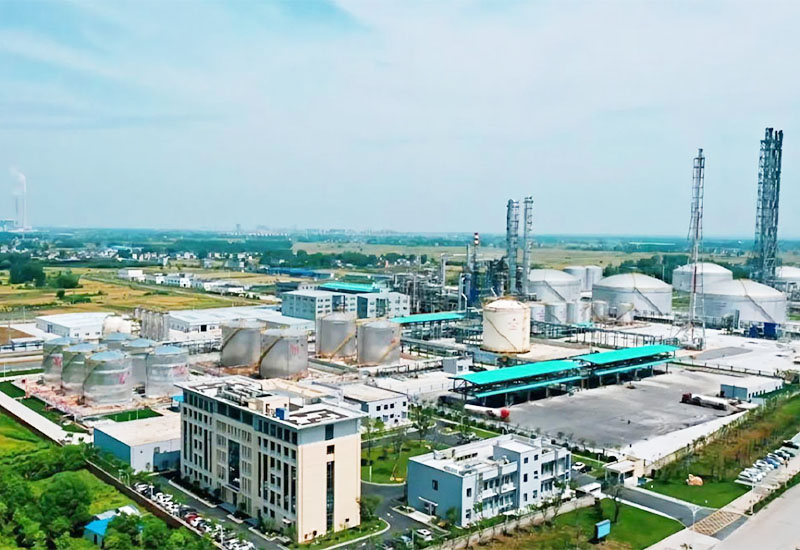Definition and Structure of Acrylonitrile
Let's start by introducing acrylonitrile before we move on to other topics. Acrylonitrile is an organic compound that has the chemical formula CH2 CHCN. It's classified as an organic compound simply because it's mostly composed of carbon and hydrogen atoms. Structurally, and in terms of functional groups (important and distinctive groups of atoms), acrylonitrile has two important ones, an alkene and a nitrile. An alkene is a functional group that contains a carbon-carbon double bond, while a nitrile is one that contains a carbon-nitrogen triple bond.


Properties of Acrylonitrile
Now that we're familiar with what acrylonitrile is, let's move into talking about some of its more important properties. When it is bought from chemical suppliers, acrylonitrile usually comes as a clear, colorless liquid. If it has a yellowish tint to it, this normally means that it contains impurities and will probably need to be distilled (purifying a liquid) before it is used for chemical reactions and things of that nature. Acrylonitrile's boiling point has been experimentally measured to be 77 degrees Celsius, which is somewhat low for an organic liquid. With this low boiling point acrylonitrile is sometimes referred to as a volatile compound, which means that the liquid acrylonitrile molecules readily escape into the gas phase and evaporate. For this reason, it's a good idea to never leave a bottle of acrylonitrile open to the air because it will evaporate rather quickly.
Use
The primary use of acrylonitrile is as the raw material for the manufacture of acrylic and modacrylic fibers. Other major uses include the production of plastics (acrylonitrile-butadiene-styrene (ABS) and styrene-acrylonitrile (SAN)), nitrile rubbers, nitrile barrier resins, adiponitrile and acrylamide
Acrylonitrile has been used, in a mixture with carbon tetrachloride, as a fumigant for flour milling and bakery food processing equipment and for stored tobacco. However, most pesticide products containing acrylonitrile have been voluntarily withdrawn by the manufacturers. Currently, acrylonitrile in combination with carbon tetrachloride is registered as a restricted-use pesticide. 51% of the United States consumption of acrylonitrile was used for acrylic fibers, 18% for ABS and SAN resins, 14% for adiponitrile, 5% for acrylamide and 3% for nitrile elastomers. The remaining 9% was for miscellaneous uses (Cogswell 1984).
Post time: Jul-29-2022

